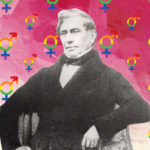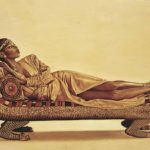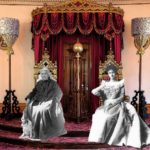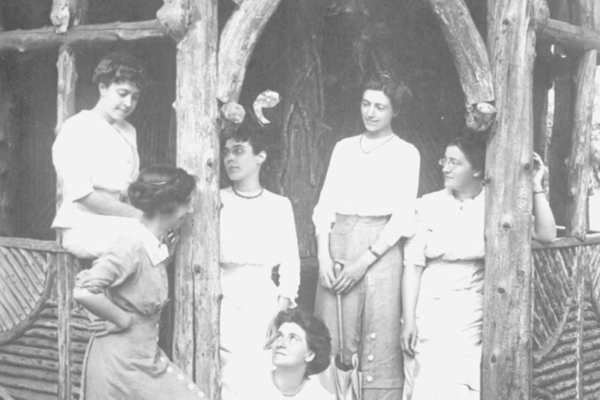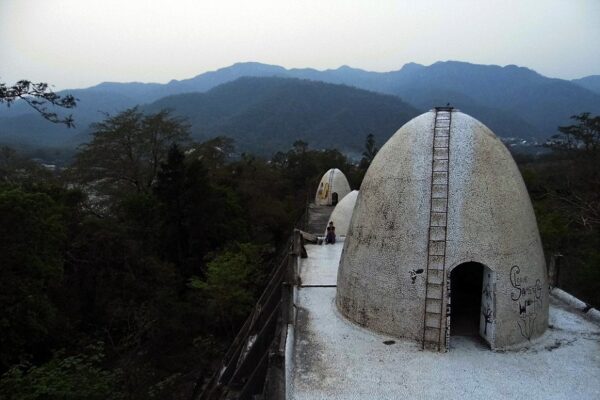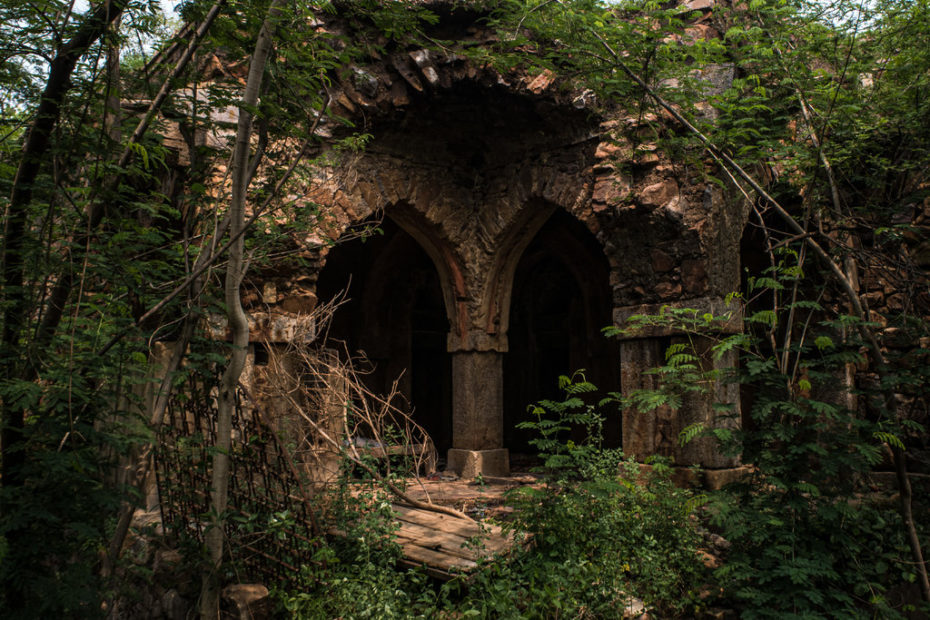
©Terre Huite / Flickr
Some stories never leave us. They take up permanent residency in our brain, resurfacing for years to come in shades of daydreams and just-before-bed thoughts. “The Jungle Prince of Dehli” is one of those stories. Declarations of “How have we not heard about this?” and “Just when you think every story has been told…” made up the general reaction from team Messy Nessy as we listened feverishly, to the recent New York Times podcast. A riveting three-part listen reported by Ellen Barry, the story takes us into the heart of India, c. 2016, and the mysterious lives of the last descendants of the Royal Family of Oudh. We journey into the thick of the jungle, where the heirs apparent to one of India’s most illustrious families hides from the world in the dilapidated splendour of a crumbling 14th century estate in the centre of Delhi. But how did they end up there? And if they were really who they said they were, what were they hiding from – or waiting for?
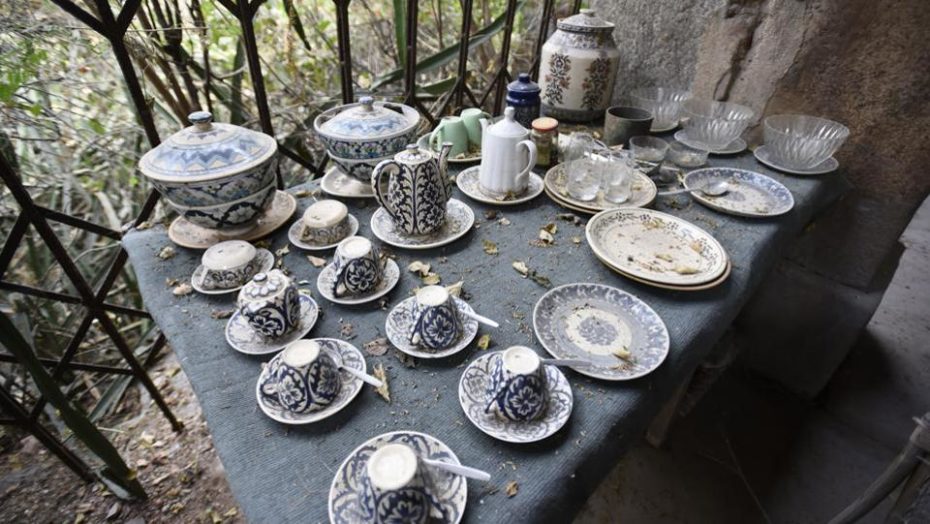
Part of what makes this podcast so fantastic is how it so retraces the story of the lost Kingdom of Oudh, peeling back the layers of its various “Nawabs” (rulers) from hundreds of years ago, through colonialism, Partition, and into the featured, royal family of three: Queen or “Begum” Wilayat Mahal and her children, Princess Sakina Mahal and Prince Ali Raza (also known as Cyrus).
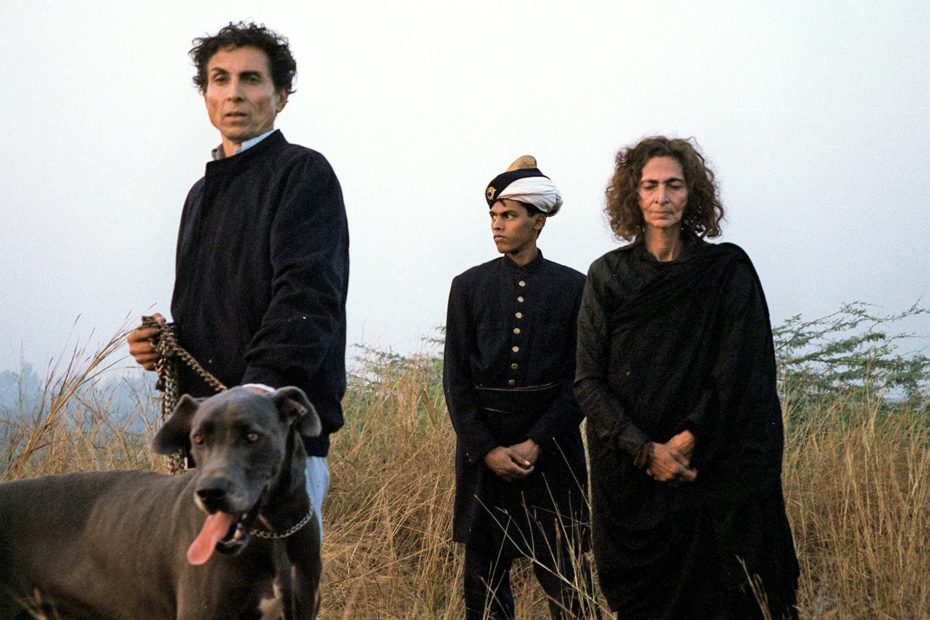
©Barry Bearak / The New York Times
“There were different versions, depending on whom you spoke to,” explains Ellen Barry in the podcast, “Some people said the Oudh family had been there since the British had annexed their kingdom, in 1856, and that the forest had grown up around the palace, engulfing it. Some said they were a family of jinns, the supernatural beings of Arabian folklore.”
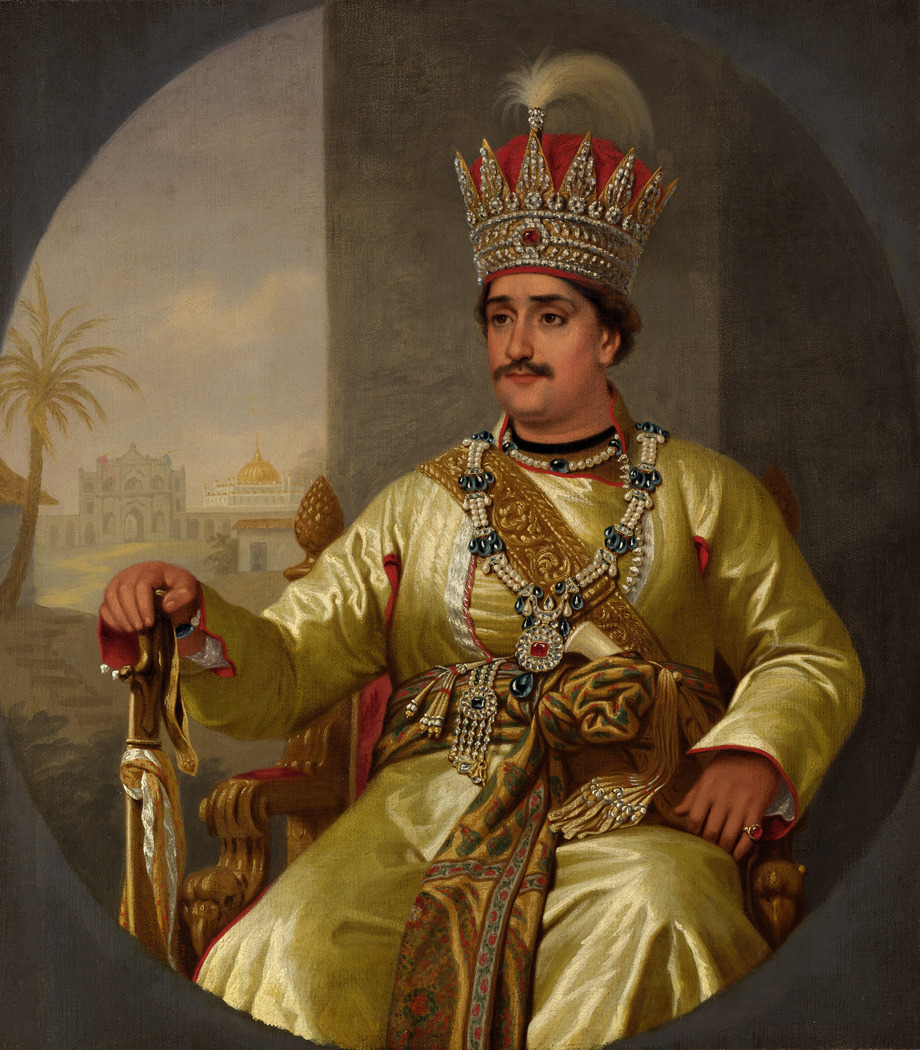
It’s a story that lives on an enchanted timeline – and it begins for us, the listener, when the displaced Queen shows up at the New Delhi train station in 1975. Furious, and covered in all the finery of ancient wealth, she sets up camp on the busy train platform and demands to be granted a home that restores her family’s stolen glory. And with her several massive giant hounds in tow, she means business.
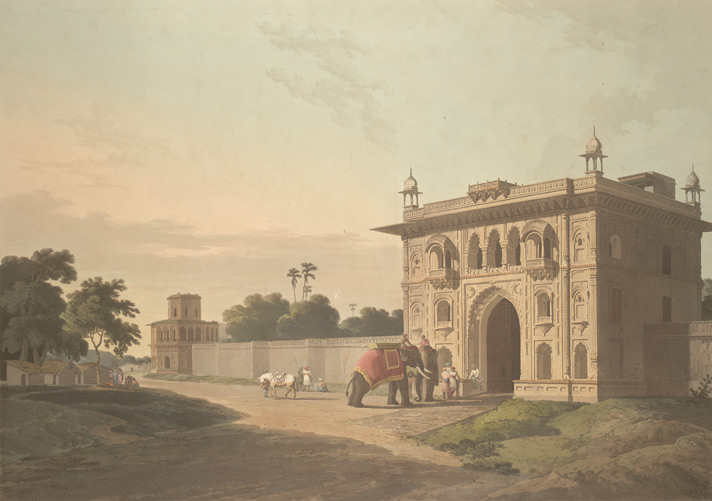
I knew about the royal family of Oudh, of course. They were one of the city’s great mysteries. Their story was passed between tea sellers and rickshaw drivers and shopkeepers in Old Delhi: In a forest, they said, in a palace cut off from the city that surrounds it, lived a prince, a princess and a queen, said to be the last of a storied Shiite Muslim royal line.
Ellen Barry, The New York Times
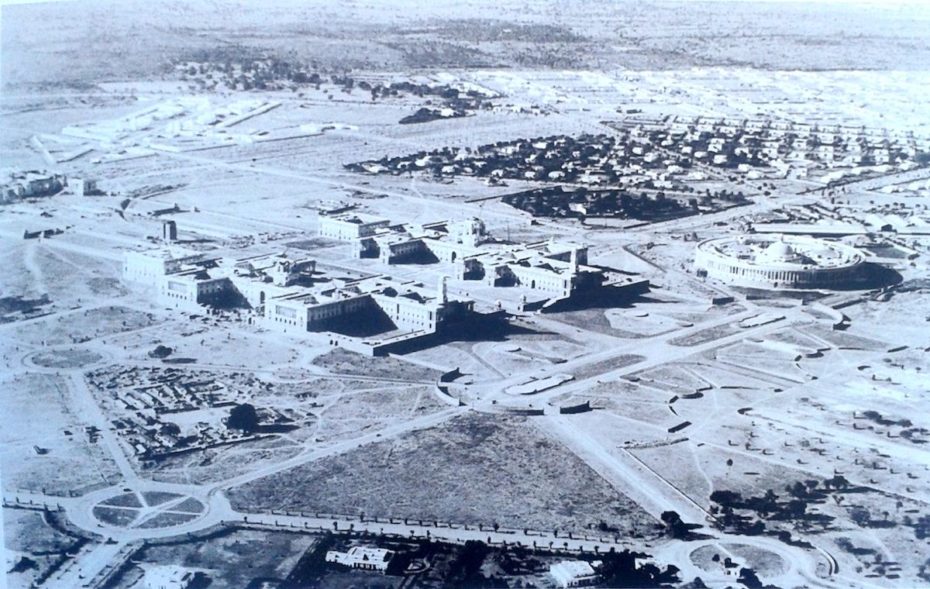
So the stubborn, stately family squats at the train station. Days turn into months, and months turn into years. The station becomes a place of pilgrimage for loyal Indians who demand justice for their Queen.
The begum was an arresting-looking woman, tall and broad-shouldered, with a face as craggy and immobile as an Easter Island statue. She wore a sari of dark, heavy silk and kept a pistol in its folds. She and her children settled on red plastic chairs, and waited. For years.
Ellen Barry
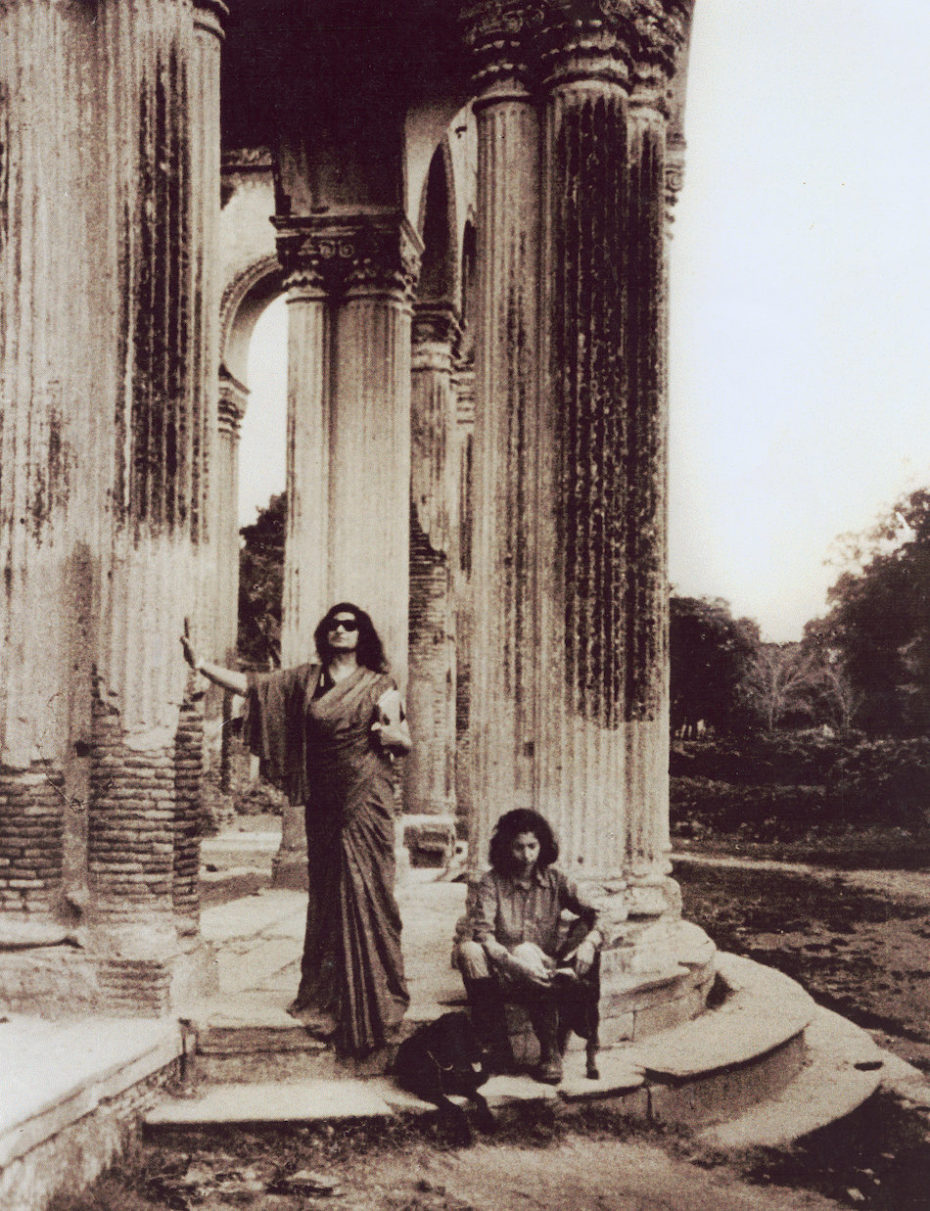
Finally, Prime Minister Indira Gandhi offers her a compromise: residency in an abandoned 14th century hunting lodge. It’s not comfortable – there’s not even doors on most of the rooms. But it’s glorious, with its vaulted ceilings and sweeping views of the city. In the 40-something years that follow, a parade of journalists will travel to its gates to see the reclusive family in vain. Until one day, when Ellen receives a curious message from a coworker: Have you been trying to get in touch with the royal family of Oudh? [They] left precise instructions for when you should call — tomorrow…
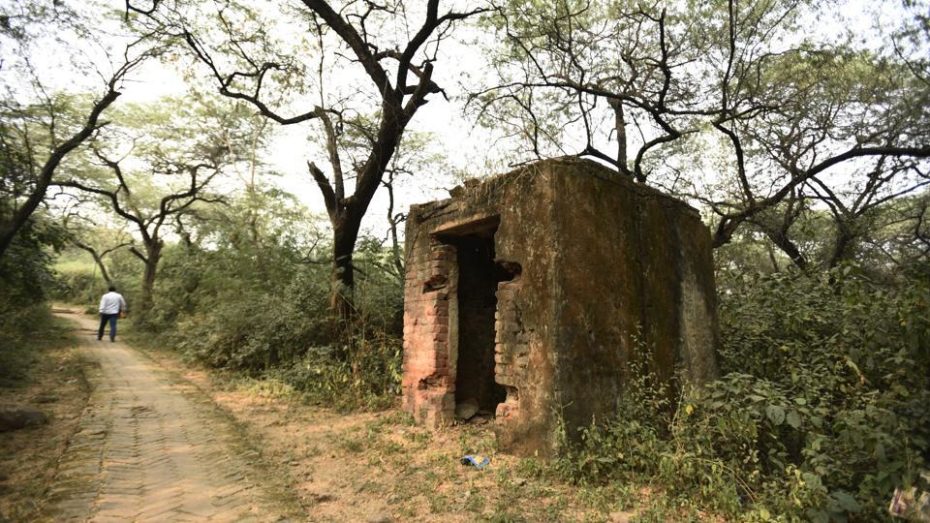
That’s as far as we’ll go. Discover more of the incredible story here and start Episode 1 of the captivating Podcast from the New York Times.


